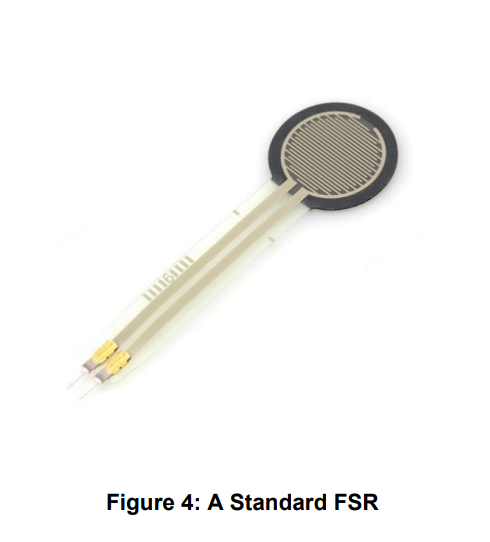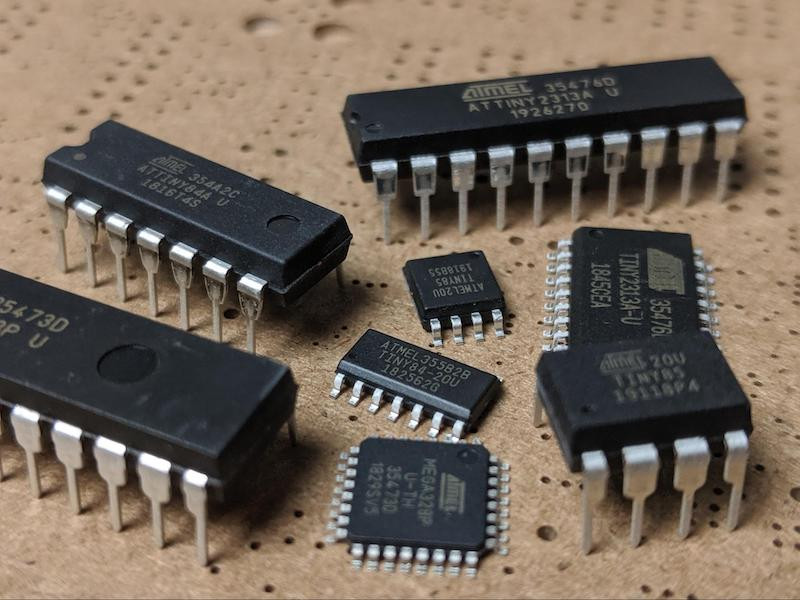Pass Stress and High Temperature Test Requirements For ADAS Development with KEMET T598 Capacitors
https://makerv2.webteractive.co/blog/meet-high-temperature-and-stress-test-guidelines-with-the-kemet-t598-capacitor-for-adas-and-autonomous-driving-development
Even though tantalum polymer capacitors have a lot of significant features like high volumetric efficiency, low equivalent series resistance, high capacitance, high ripple handling, etc, it has always been a great challenge to pass the Automotive Electronics Council's AEC-Q200 stress test...
Low Humidity Alert System with Arduino
https://makerv2.webteractive.co/arduino/projects/low-humidity-alert-system-with-arduino
You'll learn how to create a system to monitoring the soil moisture level of the plant.
Ultra-low power WiFi home automation system
https://makerv2.webteractive.co/raspberry-pi/projects/ultra-low-power-wifi-home-automation-system
In a few steps we build a basic ultra low power WiFi home automation system by using Raspberry Pi, IOT Cricket module(s)
Building Low-power IoT Applications Using mangOH Yellow
https://makerv2.webteractive.co/custom/tutorial/building-low-power-iot-applications-using-mangoh-yellow
Learn about the specs of the mangOH Yellow, a board designed to add IoT connectivity and networking to your projects.
Build a Low-power R2-D2 Droid Badge With E-paper Display
https://makerv2.webteractive.co/pcb/projects/how-to-build-a-low-power-r2-d2-droid-badge-with-e-paper-display
This battery-powered R2-D2 convention badge uses a microcontroller and an e-ink display.
ADP2450 PMIC for Low Voltage Circuit Breakers by Analog Devices
https://makerv2.webteractive.co/blog/adp2450-pmic-for-low-voltage-circuit-breakers-by-analog-devices
The ADP2450 is optimized for low-voltage circuit breakers, such as the molded case circuit breaker (MCCB), and current transformer-powered supply applications.
Detect and Convert Low Frequency Vibrations in IIoT Applications with KEMET VS Vibration Sensors
https://makerv2.webteractive.co/blog/detect-and-convert-low-frequency-vibrations-in-industrial-application-design-with-kemet-vs-vibration-sensors
KEMET’s VS Vibration Sensors have a 10Hz to 1,5000Hz frequency range, and the ability to detect even the most feeble levels of vibration throughout a large sensing bandwidth—making them ideal for industrial applications.




